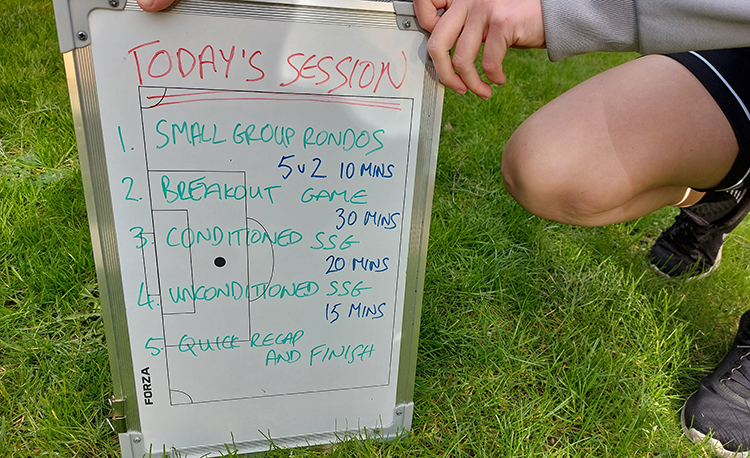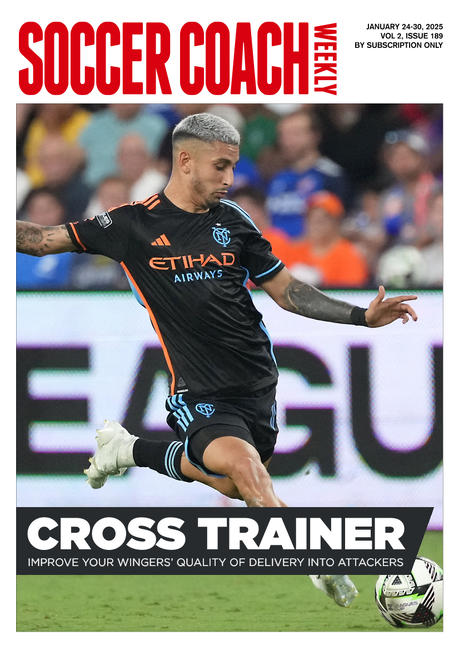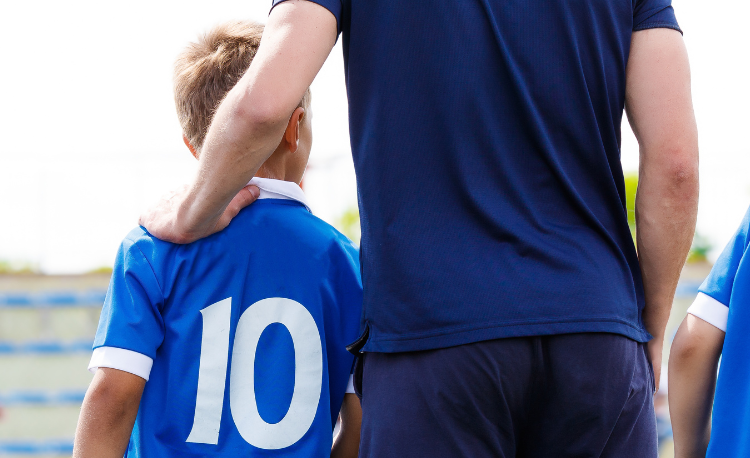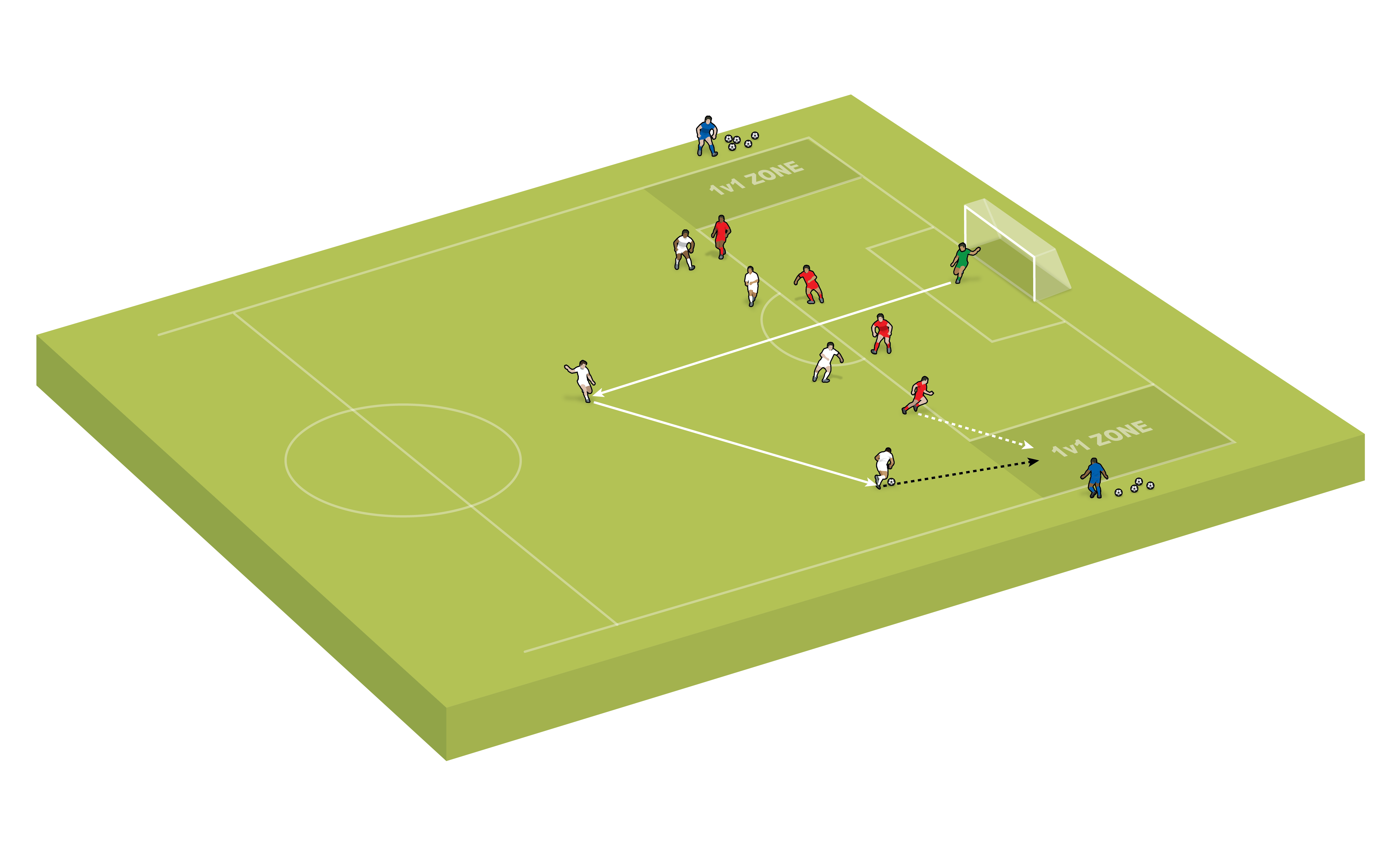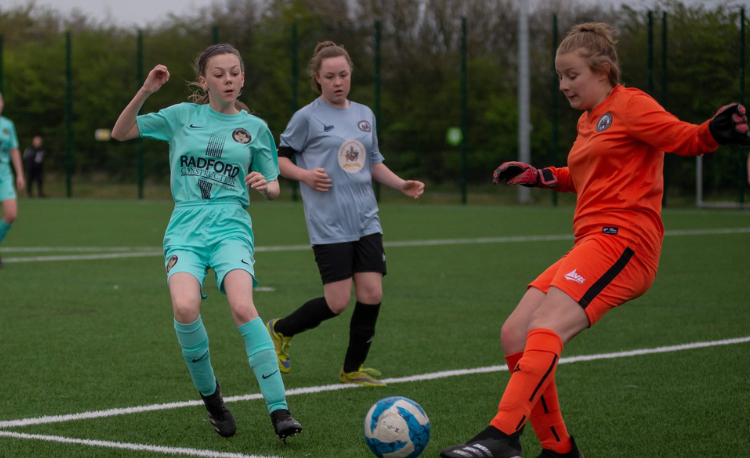5 tips for working with young players with ADHD
Consider these top tips to give youngsters with ADHD the best experience
An estimated 5% of children globally have ADHD (Attention deficit hyperactivity disorder) - and in the US, this figure rises to between 8 and 10%.
Therefore, it is highly likely that at some point in your coaching career, you will work with children with ADHD.
Symptoms of the condition include being restless, having trouble concentrating and acting without thinking.
As a coach working with special-needs children, and the mother of a daughter with autism and ADHD, I can offer both a coaching and parenting perspective on supporting children with the condition.
These tips will help you deliver the best experience for your players with ADHD...
01 - Use visuals
All children need you to show them what their player actions are and how to execute a skill, technique, or drill. For players with ADHD, this is even more important.
You can do this in many different ways: demonstrate yourself, allow other players to demonstrate or set the players up and give them a ‘walk through’ of the activity so they understand what to do.
A good rule of thumb to follow with all players is: show, tell, and show again.
02 - Offer reminders
Most children who have ADHD can only focus on one task at a time and will need reminders of the next task.
Consider getting a small white board or tactical board that you can have at the field so you can write down each activity in order.
Players with ADHD (and others) will find it useful to be able to see the board and know which activity is happening now and which activity is next. In an educational setting, this method is called a ’visual schedule’.
03 - talk to parents
Speaking as a parent, I highly encourage you to talk to the player’s family. Approach this as a ‘fact-finding’ discussion, where you are mostly just asking questions.
Ask the parents how to best communicate with their child - what strategies work for them at school and at home? What do they think will work for them at soccer practice and games?
Ask if the parents would like to be involved with practice. If the club allows, it could be that one of their parents steps on the field with them to explain the activities first and answer questions for them.
Or, even better, is there another player on the team that could be a ‘peer mentor’ for them? When my daughter was playing soccer, she loved when her team-mates would help her along.
04 - Play small-sided games
Keep all the players engaged by playing small-sided games and different game-based activities. If you are running drills that require players to stand in lines, they will all get bored and lose focus.
Another good rule of thumb to follow is to avoid the three Ls - lines, laps, and lectures.
05 - Get the player’s opinion
When it comes to matchdays, ask the player concerned where they want to play and allow them to play each position, just as you would the other players.
The most important thing is that all players are able to learn the beautiful game in a safe and fun environment, regardless of their abilities.
Related Files
Newsletter Sign Up
Coaches Testimonials

Gerald Kearney, Downtown Las Vegas Soccer Club

Paul Butler, Florida, USA

Rick Shields, Springboro, USA

Tony Green, Pierrefonds Titans, Quebec, Canada
Subscribe Today
Discover the simple way to become a more effective, more successful soccer coach
In a recent survey 89% of subscribers said Soccer Coach Weekly makes them more confident, 91% said Soccer Coach Weekly makes them a more effective coach and 93% said Soccer Coach Weekly makes them more inspired.
*includes 3 coaching manuals
Get Weekly Inspiration
All the latest techniques and approaches
Soccer Coach Weekly offers proven and easy to use soccer drills, coaching sessions, practice plans, small-sided games, warm-ups, training tips and advice.
We've been at the cutting edge of soccer coaching since we launched in 2007, creating resources for the grassroots youth coach, following best practice from around the world and insights from the professional game.
